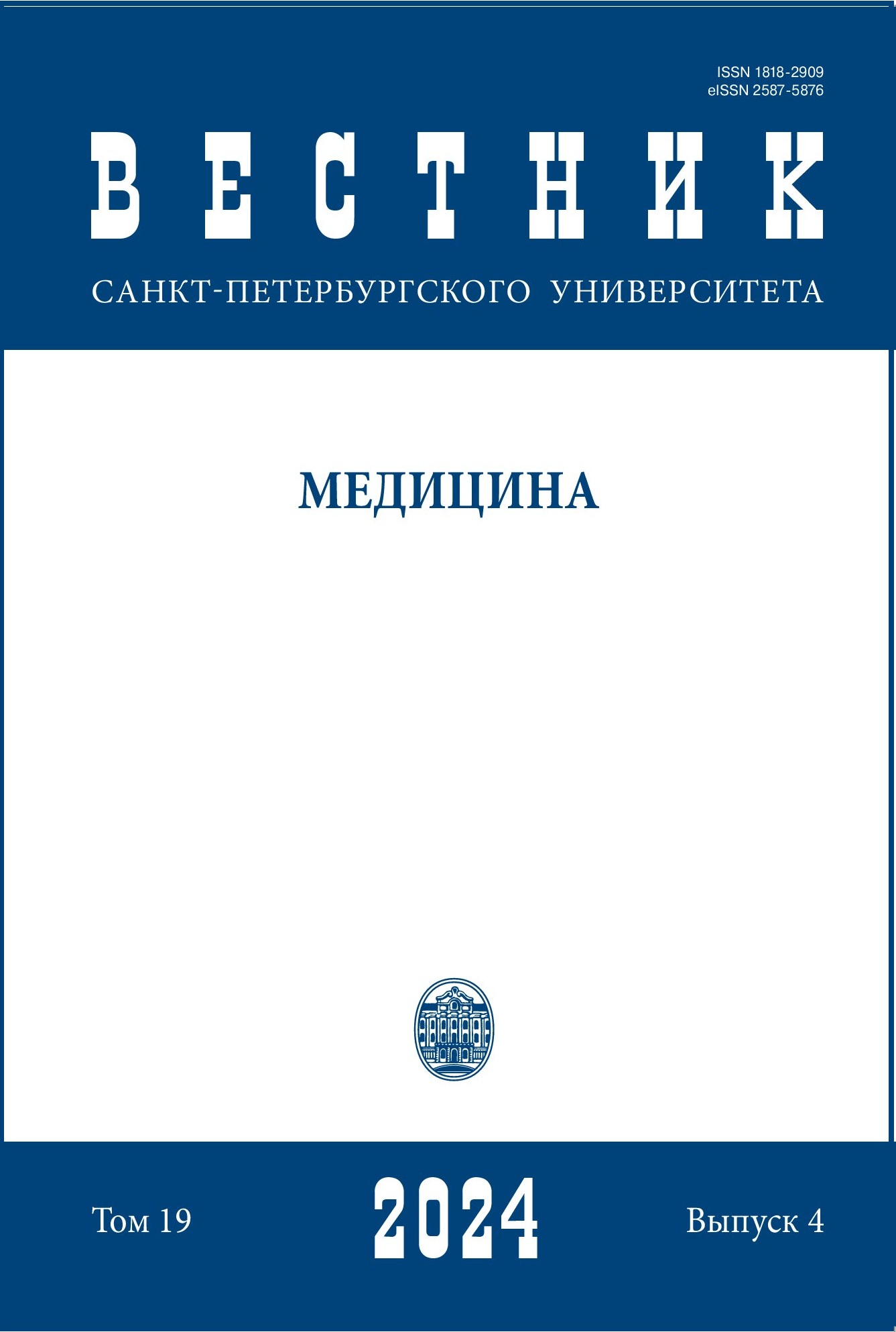The impact of modern therapeutic approaches in the treatment of chronic obstructive pulmonary disease on patients' quality of life
DOI:
https://doi.org/10.21638/spbu11.2024.402Abstract
Chronic obstructive pulmonary disease (COPD) is one of the most common respiratory diseases, significantly reducing patients' quality of life. This article reviews current therapeutic approaches, such as pharmacological therapy using combinations of long-acting beta-agonists (LABA) and inhaled corticosteroids (ICS), as well as pulmonary rehabilitation. Pharmacotherapy with LABA has proven effective in improving lung function and reducing shortness of breath. Despite the risk of pneumonia, ICS continues to be used in combination with bronchodilators in patients with frequent exacerbations, showing its effectiveness. Rehabilitation programs not only increase physical endurance but also reduce the frequency of hospitalizations. This paper analyzes the results of recent clinical studies demonstrating the effectiveness of these methods in reducing the frequency of exacerbations and improving lung function. Special attention is given to the prospects of using biological drugs and gene therapy, which are in the clinical trial stage and have the potential to significantly improve patient outcomes. Despite these achievements, there remain unresolved questions regarding long-term safety and the selection of optimal therapeutic strategies for various patient phenotypes.
Keywords:
COPD, bronchodilators, inhaled corticosteroids, pulmonary rehabilitation, biological drugs, gene therapy
Downloads
References
References
Downloads
Published
How to Cite
Issue
Section
License
Articles of "Vestnik of Saint Petersburg University. Medicine" are open access distributed under the terms of the License Agreement with Saint Petersburg State University, which permits to the authors unrestricted distribution and self-archiving free of charge.




